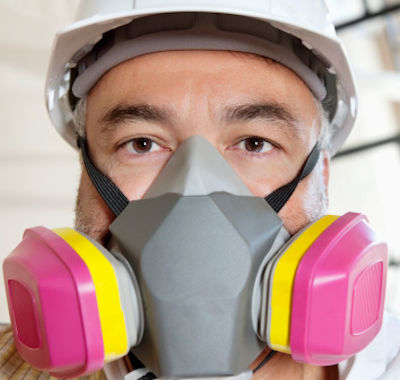Employers Must Provide PPE
OSHA requires that employers protect you from workplace hazards that can cause injury or illness. When engineering, work practice and administrative controls are not feasible or do not provide sufficient protection, employers must provide personal protective equipment (PPE) to you and ensure its use.

- With few exceptions, OSHA requires employers to pay for personal protective equipment used to comply with OSHA standards.
- Employers cannot require workers to provide their own PPE.
- The worker's use of PPE they already own must be completely voluntary.
- Even when a worker provides his or her own PPE, the employer must ensure that the equipment is adequate to protect the worker from hazards at the workplace.
Employers are not required to pay for some PPE in certain circumstances:
- Non-specialty safety-toe protective footwear (including steel-toe shoes or boots) and non-specialty prescription safety eyewear provided that the employer permits such items to be worn off the job site. (OSHA based this decision on the fact that this type of equipment is very personal, is often used outside the workplace, and that it is taken by workers from jobsite to jobsite and employer to employer.)
- Everyday clothing, such as long-sleeve shirts, long pants, street shoes, and normal work boots.
- Ordinary clothing, skin creams, or other items, used solely for protection from weather, such as winter coats, jackets, gloves, parkas, rubber boots, hats, raincoats, ordinary sunglasses, and sunscreen.
- Items such as hair nets and gloves worn by food workers for consumer safety.
- Lifting belts because their value in protecting the back is questionable.
- When the employee has lost or intentionally damaged the PPE and it must be replaced.
Knowledge Check Choose the best answer for the question.
3-7. Which of the following personal protective equipment items must be paid for and provided by the employer?
You forgot to answer the question!
